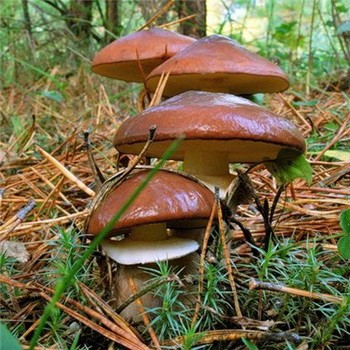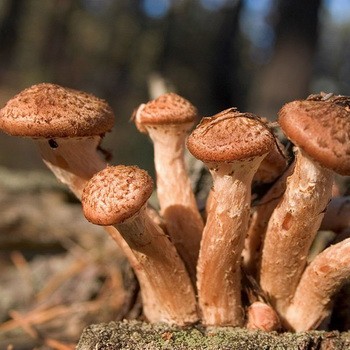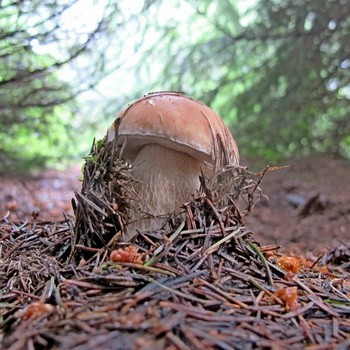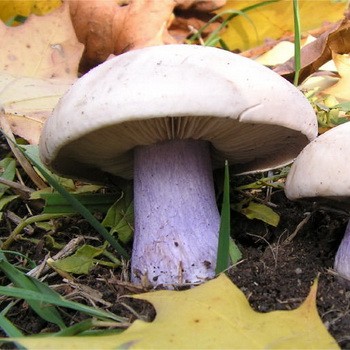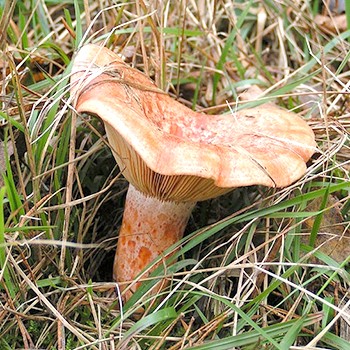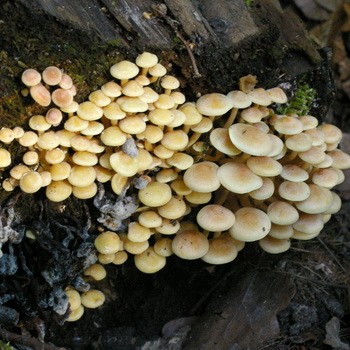Autumn and winter mushroom picking season
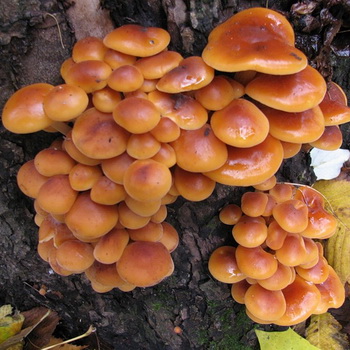
The most important thing for any mushroom picker is to know the time of the harvest season in the forests of Russia and a description of their appearance. Knowing all this information, as well as the timing of the growth of different types of mushrooms, you can safely go to the forest for "silent hunting." However, there are some nuances here: the growth of honey agarics depends on weather conditions.
Content
Harvest season for forest and meadow honey agarics
It is worth saying that the season of forest mushrooms begins in May, when spring mushrooms appear. Next come summer honey agarics and meadow, which grow from June to August. Although these mushrooms are considered edible, they are not as popular as autumn mushrooms. But the season of autumn honey agarics begins its beginning from the end of August and lasts all September, October, almost until the first days of November. Mushroom pickers call September and the first ten days of October the best time to collect these fruiting bodies.
Honey mushrooms in all respects are the most practical and convenient mushrooms. They can be found on the territory of almost all of Russia, in all forests and forest plantations. In addition, it is not difficult to search for them, because they grow in large colonies on forest clearings, located on rotten stumps or fallen tree trunks. That is why they are nice to collect for all mushroom pickers.
The main factor when the honey agaric season begins is summer and autumn rains. If after prolonged rains warm and sunny weather sets in, then literally after 7 days go to the forest for mushrooms. We assure you that you will never return from the "silent hunt" empty-handed. Honey mushrooms are especially appreciated in Russian cuisine: any dish can be prepared from them. These fruiting bodies are so versatile that they undergo all the processing and preparation processes. Even with heat treatment, these mushrooms do not lose their nutritional properties.
Experienced mushroom pickers, often visiting deciduous or coniferous forests, know where to search for honey mushrooms. Often these mushrooms settle not only on fallen trees, forest felling and large fallen branches. Sometimes they are found on healthy trees or at the base of the roots. Once you find a family of honey mushrooms on a stump, you can return there several times in a row, as these mushrooms do not like to "jump" from place to place.
Already in the second half of October, the average daily air temperature drops by several degrees, small night frosts begin, and the mushroom season begins to decline.
For beginners, fans of picking mushrooms, I want to note that edible mushrooms are different from false ones. Each good mushroom has a film on its leg, similar to a "skirt." This bedspread was the protection of the honey agaric at a young age and remains on the stalk even on mature mushrooms. In addition, the smell of inedible mushrooms is very unpleasant, with notes of rot.
Mushroom pickers, knowing when the honey agaric season begins in the forest, also notice that after collecting one crop of these fruiting bodies, after 4-6 days you can collect a new one.For the growth rate, large colonies, and also for versatility, mushroom pickers love to collect these fruiting bodies.
Honey mushrooms are considered parasitic fungi that infect a large number of different tree species. These mushrooms have their own specific strategy: at first the dying tree is covered with white coating. Experienced mushroom pickers, having discovered such a tree, will definitely take note of it, since in a year a large family of honey mushrooms will appear here. Even when walking past a stump, do not be lazy, pick a bark and find mushrooms mushrooms, return to this place after a while and collect a whole basket.
Favorite trees among honey mushrooms are birch, oak, acacia and hazel. Sometimes in remote places of the forest, especially where the trees fell, you can find plantations of stumps dotted with honey mushrooms. At one time in this territory, mushroom pickers collect several buckets or large baskets of these fruiting bodies.
When does winter season begin in the forest and when does it end?
However, at the end of October, autumn mushrooms end, and the season of winter mushrooms begins. Is it really possible to pick mushrooms in the winter? Winter mushroom is the latest species of mushrooms that are collected in the winter forest. These mushrooms are very bright, with an orange or red hat. The winter mushroom picking season starts from the end of November and lasts through the month of March inclusive. This species of honey agarics does not deteriorate even in the most severe frosts, but simply slows down its growth. As soon as the thaw begins, the mushrooms begin to grow again. But, it is worth noting that winter mushrooms grow on trees high above the ground. To get these fruit bodies you need a long stick with a hook. It is worth saying that winter honey mushrooms never lose their vitamins and nutrients, even in severe frosts.
Fans of the “silent hunt” in severe frosts should not go to the forest. The acceptable norm for picking mushrooms in winter is considered to be from -5 to -10 ° C. When does the season of mushrooms of this species end in Russia? It depends on weather conditions, but many call the last month of winter - February.
Experienced mushroom pickers know that picking mushrooms near industrial plants is strictly prohibited. All fruiting bodies have the ability to accumulate in their body chemical elements and salts of heavy metals that are harmful and dangerous to the human body. Therefore, eating such mushrooms, and endangering your health and life - is a thoughtless risk.

